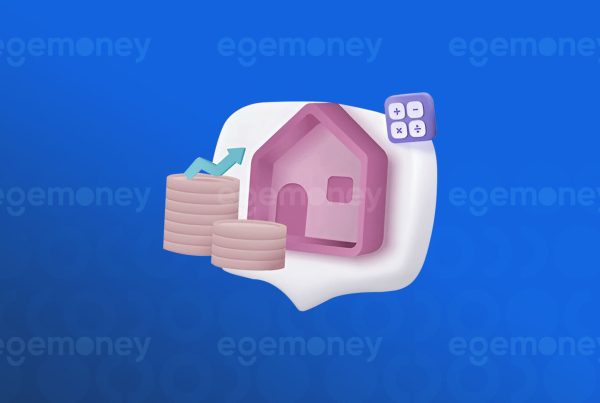What is Bull Market?
The cryptocurrency market is known for its volatile nature, often experiencing significant price fluctuations. Two commonly used terms to describe these market cycles are “bull” and “bear” periods. A bull market, also known as a bull run, refers to a period in the crypto market characterized by a consistent upward trend in prices. During this time, high investor confidence leads to increased buying activity.
In a bull market, optimism permeates the crypto community. Investors and traders anticipate price increases, creating a positive sentiment in the market. This optimism is often driven by various factors such as technological advancements, positive regulatory developments, or increased adoption of cryptocurrencies.
During a bull period, cryptocurrency prices experience notable upward movements. This momentum can be gradual or rapid, driving prices to reach all-time highs. Increased trading volume often accompanies a bull market as market participants rush to capitalize on the upward trend.
Investors in a bull market tend to exhibit a higher risk appetite as they anticipate further price increases. Positive news and market sentiment fuel this behavior, attracting new participants to enter the market. Additionally, a bull market typically attracts institutional investors, further increasing demand and driving prices upward.
What is Bear Market?
In contrast to a bull period, a bear market refers to a phase characterized by a sustained decline in cryptocurrency prices. It is a period of market pessimism where selling pressure dominates, and investor confidence diminishes.
In a bear market, investors become cautious about the future prospects of cryptocurrencies, leading to increased pessimism. Negative news, regulatory uncertainties, or concerns about the sustainability of previous price surges can contribute to a decline in investor confidence. This shift in sentiment triggers selling activity and intensifies price declines.
During a bear period, prices undergo significant corrections from their previous highs. The correction can be moderate or severe, often resulting in significant losses for investors who entered the market during the preceding bull phase. Low trading volumes and increased volatility are common characteristics of bear markets.
Fear and uncertainty dominate the market during a bear period, causing an increase in risk aversion. Investors may adopt a “wait and see” approach, expecting prices to decline further before re-entering the market. Negative sentiment can be further amplified by media coverage focusing on price drops, regulatory challenges, or other negative aspects of the cryptocurrency ecosystem.
Impacts of Bull and Bear Periods on the Market
Bull and bear periods have significant impacts on the overall cryptocurrency market, affecting various users, including investors, traders, and industry participants.
Bull periods tend to attract new investors, including individual and institutional investors, aiming to capitalize on the upward trend. Conversely, bear periods often trigger panic selling and can lead to a decrease in investor participation. Investors may adopt a more cautious approach, seeking safe-haven assets or alternative investment opportunities.
Both bull and bear periods contribute to high market volatility, albeit in different ways. Bull markets are associated with increased volatility due to rising trading volumes and speculative activities. On the other hand, bear markets often experience higher volatility levels during price declines, driven by panic selling and market uncertainty.
Bull and bear periods require different investment strategies. In a bull market, investors typically adopt a “buy and hold” approach, aiming to benefit from long-term price appreciation. In contrast, bear markets encourage investors to utilize risk management techniques such as short selling or hedging to protect their portfolios from further losses. To make informed predictions for such activities, you can take advantage of tools like Elliott Wave and ITB Analysis available on our website.








